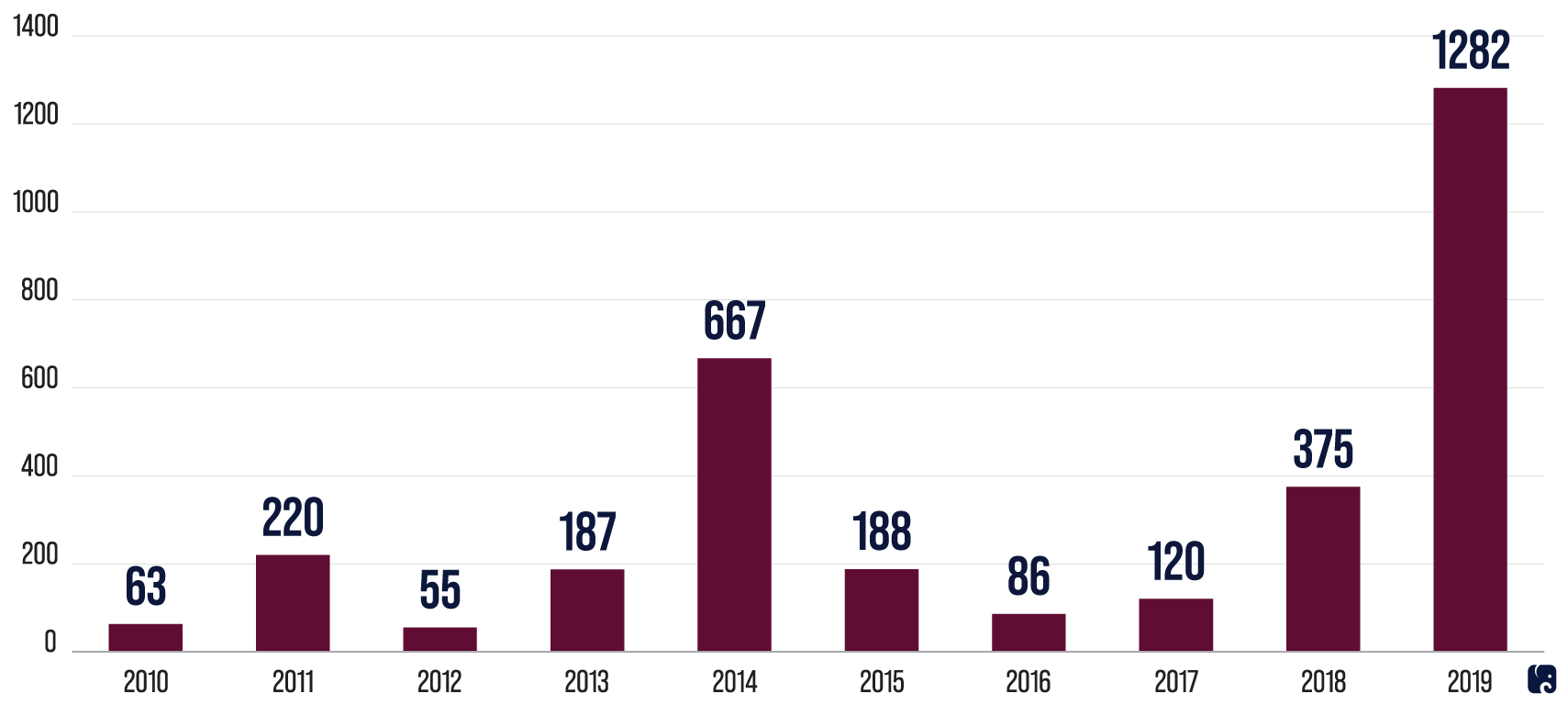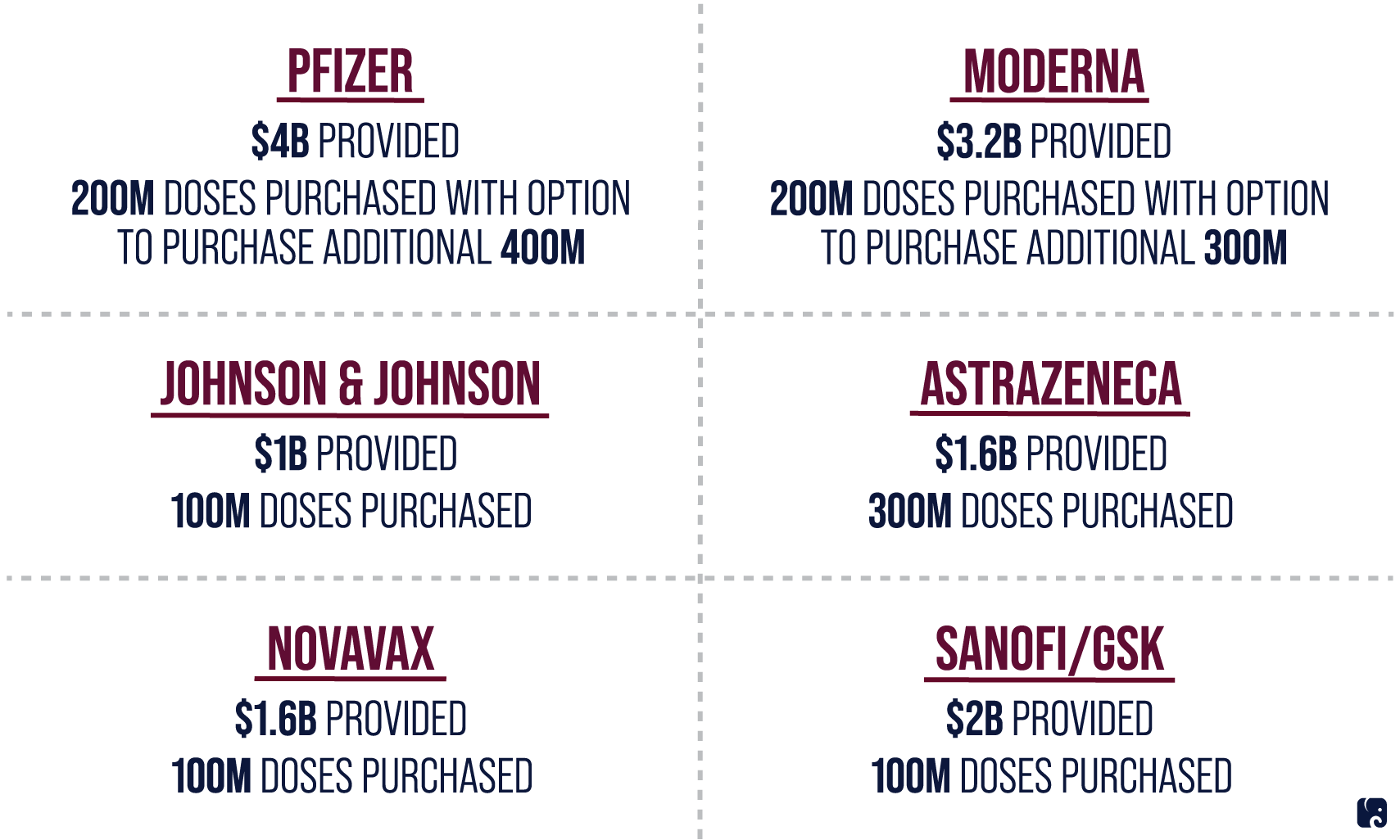The Importance of Vaccines
KEY TAKEAWAYS
- Vaccines assist the body’s immune system in defending against harmful diseases that can cause sickness and death.
- Vaccines help save millions of lives, controlling the spread of diseases worldwide.
- The COVID-19 pandemic has underscored the importance of vaccines, and the United States has invested in the development, manufacture, and distribution of safe and effective vaccines against the disease.
Vaccines play an essential role in preventing the spread of infectious diseases and have saved millions of lives worldwide, especially among children and older adults. Vaccines can help the body build an immune response by producing antibodies to protect itself from a certain disease. With more than 24 million cases and over 400,000 deaths in the United States, the COVID-19 pandemic has emphasized the need for vaccines to help stop the spread of diseases. As part of the pandemic response, the United States, through the Operation Warp Speed initiative, invested in the development, manufacture, and distribution of COVID-19 vaccines. This prioritization led to the development of safe and effective vaccines in record time.
Immunization as a public health tool
Vaccines have helped eradicate or reduce the burden of many diseases in the United States such as smallpox, polio, measles, and mumps. The polio vaccine was introduced in 1955, and the disease was eliminated in the United States by 1979. Measles can be prevented with a vaccine that is safe and, with two doses, approximately 97% effective at preventing measles. In 2000, the Centers for Disease Control and Prevention declared measles eliminated in the U.S., meaning the country went one year without sustained transmission of the virus. However, there have been localized outbreaks of the disease in recent years. Public health experts attribute the resurgence of measles in the U.S. to reduced rates of immunization and importation from unvaccinated travelers. Low vaccination rates can reduce a community’s herd immunity, which can result in preventable diseases spreading again.
Cases of Measles in the United States

Source: CDC
In 2019, the U.S. experienced the worst measles outbreak in three decades, with more than 1,200 cases reported by the CDC in 22 different locations around the country. Worldwide, more than 200,000 people died from this vaccine-preventable disease in 2019, with a 500% rise in measles cases compared to three years earlier.
Early in the coronavirus pandemic there were indications that child immunization rates for routine vaccinations were decreasing. In response, doctors and nurses have implemented safety measures in their offices and tried to reassure parents about the safety protocols in place to protect against the spread of the coronavirus. Public health officials are hopeful that enough children will catch-up on their routine immunizations to help protect communities and prevent outbreaks of vaccine-preventable diseases in the future. In August, the Department of Health and Human Services took an additional step toward this goal, allowing pharmacists and registered pharmacy interns to administer routine childhood vaccines during the COVID-19 public health emergency.
vaccines for COVID-19
The United States government has invested in developing, manufacturing, and distributing vaccines to allow Americans to return safely to work, school, and daily life. Through Operation Warp Speed, the federal government worked with vaccine manufacturers to produce and distribute highly effective COVID-19 vaccines in record time. The Food and Drug Administration has ensured each vaccine meets the gold standard for safety and efficacy. Typically, vaccine development takes years of work and research. OWS made historic progress for American biomedical research, bringing a safe vaccine through FDA’s emergency use requirements less than one year after the discovery of the virus.
As of January 20, more than 16 million doses had been administered, and the nation is on track to deliver one million doses per day thanks to Operation Warp Speed. North Dakota has received 78,150 doses from the federal government and has administered 74% of them. South Dakota has administered 65% of its doses, and West Virginia has used 68%. To increase immunization, HHS has encouraged states to expand availability of COVID-19 vaccines to people age 65 and older and to start administering the vaccines at more places, such as pharmacies, community health centers, and other large sites. The Coronavirus Response and Relief Supplemental Appropriations Act also provided $8.75 billion to the CDC “for activities to plan, prepare for, promote, distribute, administer, monitor, and track coronavirus vaccines to ensure broad-based distribution, access, and vaccine coverage.”
U.S. Investment in COVID-19 Vaccines

The FDA has authorized two vaccines for emergency use – one developed by Pfizer/BioNTech and another by Moderna in partnership with the National Institutes of Health – that are being distributed to states to be administered to people across the country. Both of these mRNA-based vaccines have shown high rates of efficacy – each about 95% – against COVID-19 in clinical trials. Operation Warp Speed is also supporting work on four other vaccine candidates developed by AstraZeneca, Johnson & Johnson, Novavax, and Sanofi/GlaxoSmithKline.
Next Article Previous Article
